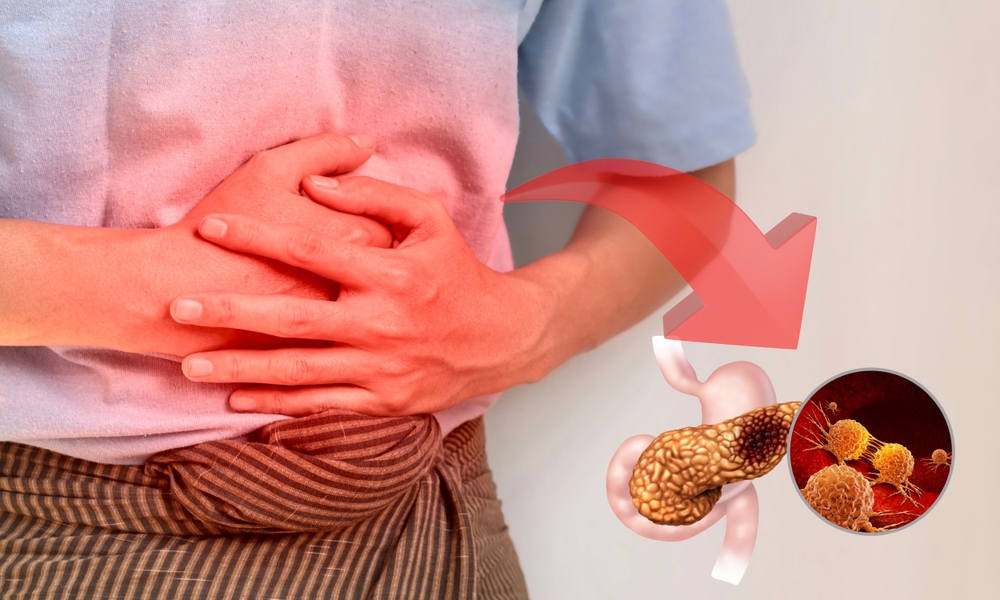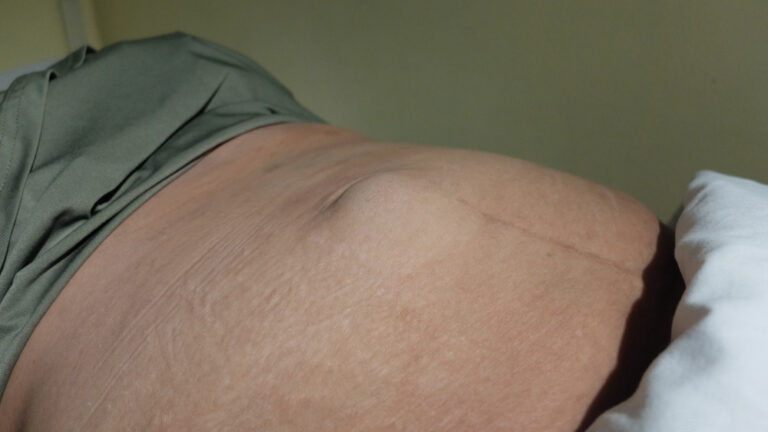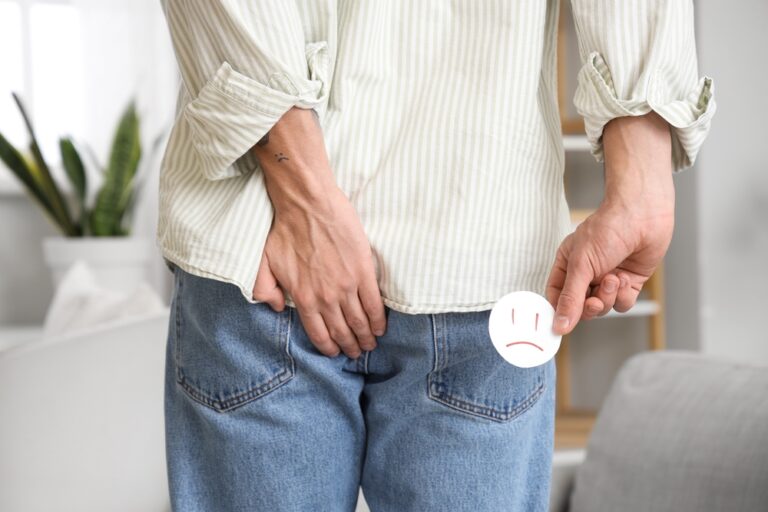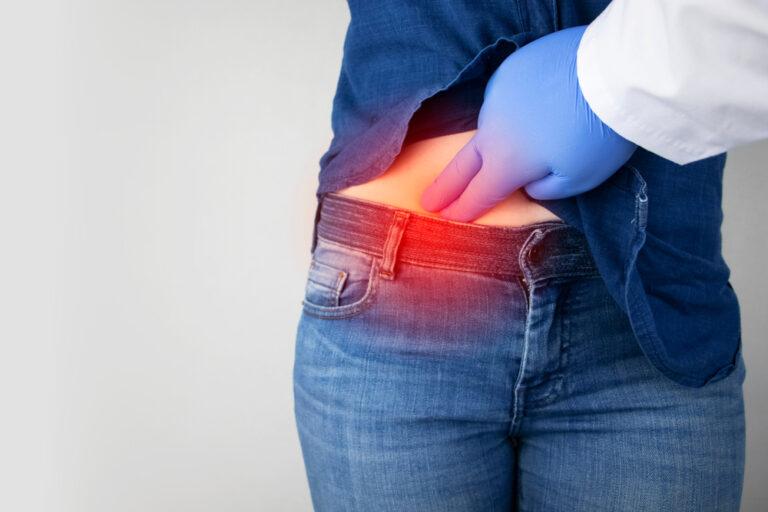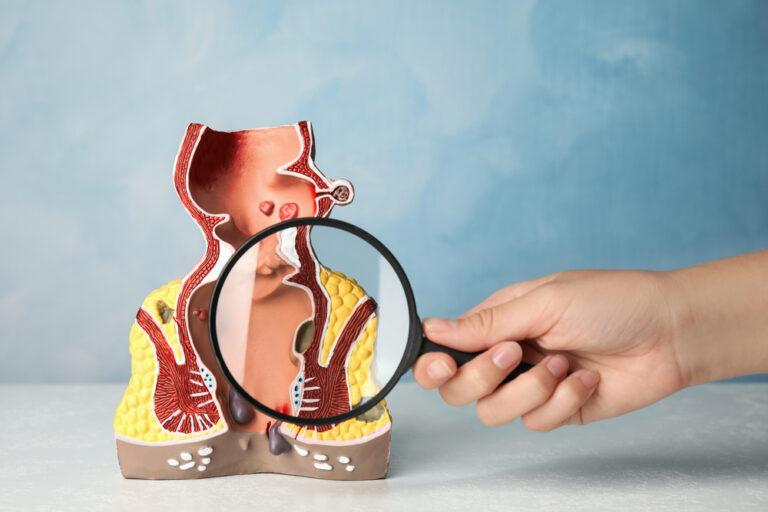What Are Gallstones?
Gallstones are solid particles that form inside the gallbladder, a small pear-shaped organ located under the liver.
The gallbladder stores bile — a digestive fluid that helps break down fats. When the balance of substances in bile (like cholesterol and bile salts) is disturbed, stones start to form.
Gallstones can vary in size from tiny grains to large stones and may be single or multiple.
This condition is called Cholelithiasis.
Causes of Gallstones
Gallstones usually form due to:
- Excess cholesterol in bile
- Imbalance in bile salts and bilirubin
- Poor gallbladder emptying
- Obesity and sedentary lifestyle
- High-fat diet
- Rapid weight loss
- Female gender, age over 40, pregnancy
These risk factors are often remembered as the “Four F’s” – Female, Forty, Fat, and Fertile.
Symptoms of Gallstones
Some people with gallstones may not have symptoms for years (silent stones).
However, when a stone blocks the bile duct, it causes severe pain and other symptoms known as Gallstone Attack or Biliary Colic.
Common symptoms include:
- Severe pain in the upper right or middle abdomen (especially after fatty meals)
- Nausea and vomiting
- Indigestion and bloating
- Pain radiating to the back or right shoulder
- Fever or jaundice (if infection or blockage develops)
Investigations for Gallstones
To confirm gallstones and assess the condition of the gallbladder, your doctor may recommend:
1. Ultrasound Abdomen
The most common and reliable test to detect gallstones, gallbladder wall thickening, or bile duct dilation.
2. Liver Function Tests (LFTs)
To evaluate liver and bile duct function, especially if jaundice is present.
3. CBC and Other Blood Tests
To detect infection or inflammation.
4. MRCP (Magnetic Resonance Cholangiopancreatography)
A specialized MRI scan to check for stones in the bile duct.
Complications of Gallstones
If gallstones are left untreated, they can lead to serious and painful complications, such as:
- Acute Cholecystitis – Inflammation or infection of the gallbladder.
- Obstructive Jaundice – Stone blocking the bile duct, leading to yellowing of the eyes and skin.
- Pancreatitis – Inflammation of the pancreas caused by a blocked bile duct.
- Empyema or Gangrene of Gallbladder – Severe infection that may require emergency surgery.
- Gallbladder Cancer (rare) – Long-standing, untreated gallstones increase the risk.
Prompt diagnosis and timely treatment prevent these life-threatening complications.
Best Treatment for Gallstones
The only definitive and permanent treatment for gallstones is surgical removal of the gallbladder, known as Cholecystectomy.
No medicine or diet can dissolve gallstones permanently.
Surgery ensures complete relief and prevents recurrence.
1. Open Cholecystectomy
A traditional method using a single large incision to remove the gallbladder.
While effective, it involves:
- More pain
- Larger scar
- Longer recovery time
2. Laparoscopic (Keyhole) Cholecystectomy – The Best & Modern Treatment
Laparoscopic Gallbladder Surgery is the gold standard and most advanced treatment for gallstones.
It is a minimally invasive, painless, and bloodless procedure performed through tiny incisions (0.5–1 cm) using a high-definition camera and fine surgical instruments.
The surgeon safely removes the gallbladder along with stones, ensuring complete recovery and minimal discomfort.
Advantages of Laparoscopic Gallbladder Surgery
- Painless and scarless procedure
- Very small incisions (cosmetically appealing)
- Short hospital stay (usually discharge within 24 hours)
- Quick recovery and early return to work
- Minimal bleeding and infection risk
- Prevents recurrence of gallstones
- Safe and effective for all age groups
Why Laparoscopic Surgery Is the Best Choice
Laparoscopic Cholecystectomy offers all the benefits of modern minimally invasive surgery:
- Precision and safety under HD visualization
- Less postoperative pain
- Faster healing
- Excellent cosmetic outcome
It is now the standard of care worldwide and preferred by both surgeons and patients for gallstone disease.
Conclusion
Gallstones are a common digestive disorder that can cause severe pain and serious complications if ignored.
The most effective and safest treatment is Laparoscopic Gallbladder Removal, which ensures fast recovery, minimal pain, and permanent relief.
If you experience abdominal pain, indigestion, or jaundice, consult a qualified laparoscopic surgeon for evaluation and early treatment.

